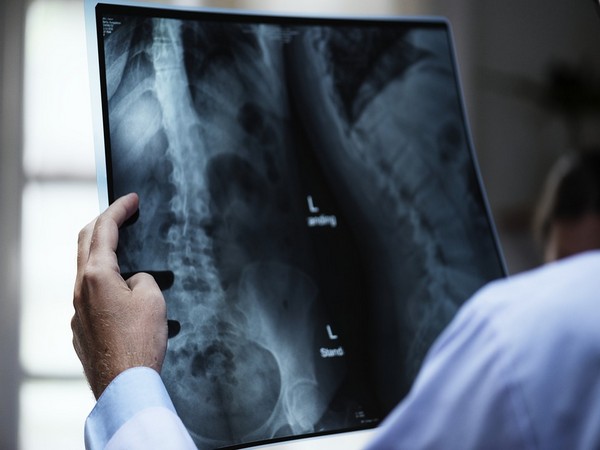Washington: A new research has found that a certain gene mutation causes ‘dripping candle wax’ bone disease.
The new study, led by National Institute of Health, offered potential treatment targets for the rare disease, providing important clues about bone development. The findings might lead to insights about fracture healing and osteoporosis.
The rare disorder, known as melorheostosis, causes excess bone formation that resembles dripping candle wax on x-rays. The condition causes pain and bone deformity, which can limit the function of bones.
“Scientists previously assumed that the genetic mutations responsible for melorheostosis occurred in all cells of a person with the disorder,” said co-senior author Timothy Bhattacharyya. “Our team hypothesized that mutations might only occur in the affected bone tissue.”
Researchers compared samples of healthy and affected bone from each participant to look for differences in the exome, the portion of the genome that code for proteins.
The analysis revealed that 8 of the 15 participants had mutations in the MAP2K1 gene in the affected bone only. MAP2K1 produces the protein MEK1. The gene MAP2K1 was previously linked to some types of cancerous growths as well as to conditions that lead to abnormal blood vessel formation in the head, face or neck.
In melorheostosis, all the identified MAP2K1 mutations affected a region of the MEK1 protein that normally suppresses its activity, thus, they caused MEK1 to become overactive. The bone growth was considered benign and didn’t spread to other parts of the body.
“This is an exciting study of a very rare bone disorder that not only identified the responsible mutation in half of the patients, but uncovered fundamental information about the role of a cancer-related gene in the metabolic pathways of normal bone,” said study co-senior author Joan Marini.
“When we started, we had no preconceived causative pathways, but the participation of the patients has really changed the scientific landscape on this topic. Further studies on how this pathway works in both normal and mutant bone cells may have broad implications that could benefit a wider population,” added Marini.
“Most adults have the problem of weakening bones as they grow older. These patients have the opposite problem as some of their bones are rock hard and still growing,” said Bhattacharyya. “The prospect that we could somehow harness this pathway in the future is so exciting.”
The study is published in the journal Nature Communications. (ANI)

